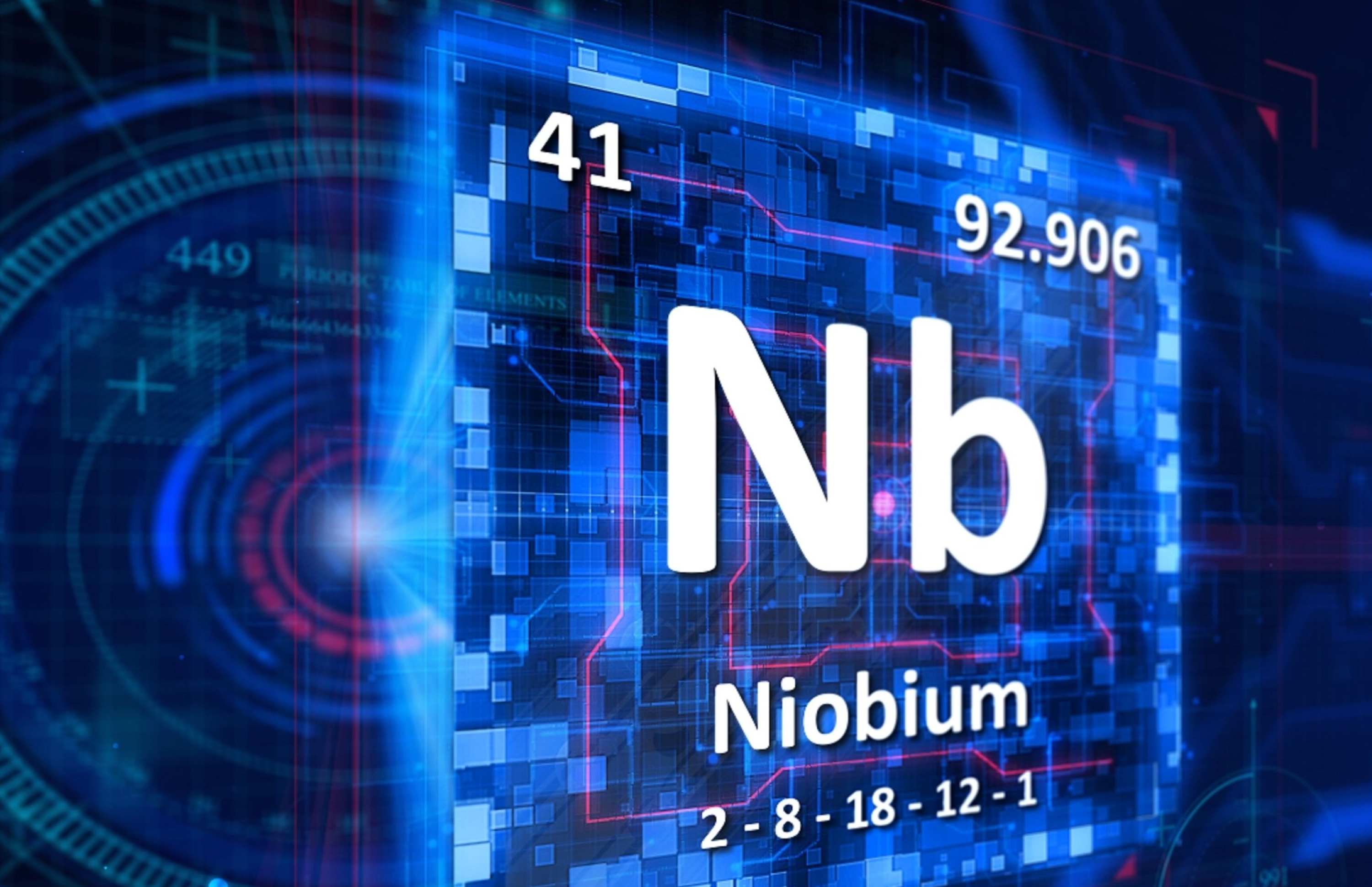Ferroniobium prices to reduce as Niobec strike comes to an end
Opinion Pieces

7
Jul
2025
Ferroniobium prices to reduce as Niobec strike comes to an end
After nearly 60 days, the strike at Niobec is over, paving the way for the re-start of operations. This should also translate into a softening of ferroniobium prices.
The 360 workers at the Niobec mine in Saint-Honoré (Quebec) returned to work on 28 June after a 60-day strike which started 1 May.
The new collective agreement includes a 23.1% wage increase spread over five years, as well as the option for early retirement being lowered from the age of 58 to 55, according to the local section of the union affiliated with the Unifor Union.
Niobec is the world’s third largest ferroniobium (FeNb) producer, after Brazil’s CBMM and CMOC with a production capacity of about 7,500tpy Nb, a 6% global market share. CBMM’s and CMOC’s respective market shares in terms of capacity are 83.5% and 8.5%.
Ferroniobium is used as a micro-alloy to increase steel strength and resistance, used across industrial sectors, construction, automotive as well as oil and gas. China dominates the market consumption with an estimated 38% share.
The spot price of FeNb increased in May and June by about 5.5% to US$47.4/kg Nb vs April, due to the strike. Most FeNb sales are based on medium/long-term contracts and the spot market only accounts for about 10-15%. Low trading volumes make spot prices highly responsive to any market disruption.
Some production equipment damages, relating to the strike, have been reported, and therefore it is unclear when production will be able to restart at full capacity. Therefore, some shortfall could possibly continue over the coming weeks, although a lower output at Niobec could be offset by higher production at CBMM or/and CMOC.
FeNb prices are traditionally very stable due to the niobium market’s supply structure. The largest producer, CBMM, has maintained price stability as a key component of its marketing strategy. Project Blue forecasts that spot FeNb will gradually soften in the coming weeks, depending on when the Niobec operation returns to full production.
The outlook for FeNb largely depends on steel and to a large extent on China. The other niobium products are oxides which have different applications, including aerospace, medical, chemicals and more recently batteries.
This segment is largely controlled by CBMM, while both Niobec and CMOC solely produce FeNb. Oxide prices have outperformed FeNb prices, given their supply-demand dynamics, a trend that Project Blue forecasts to continue. Although accounting for only 15% of total niobium demand, niobium oxides offer the most attractive prospects for the niobium market.